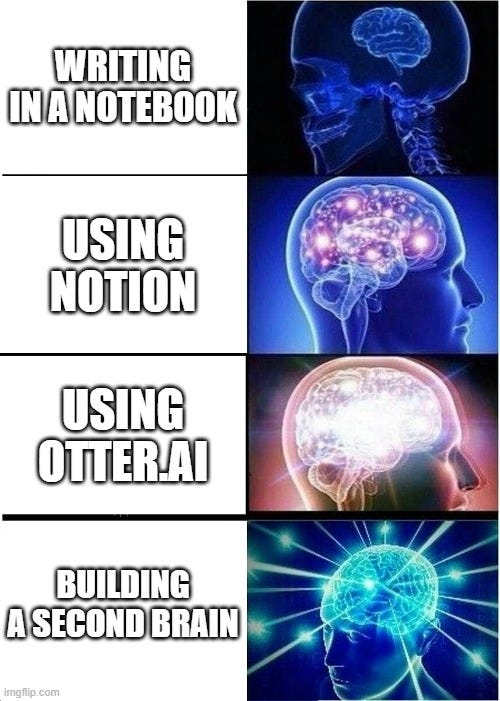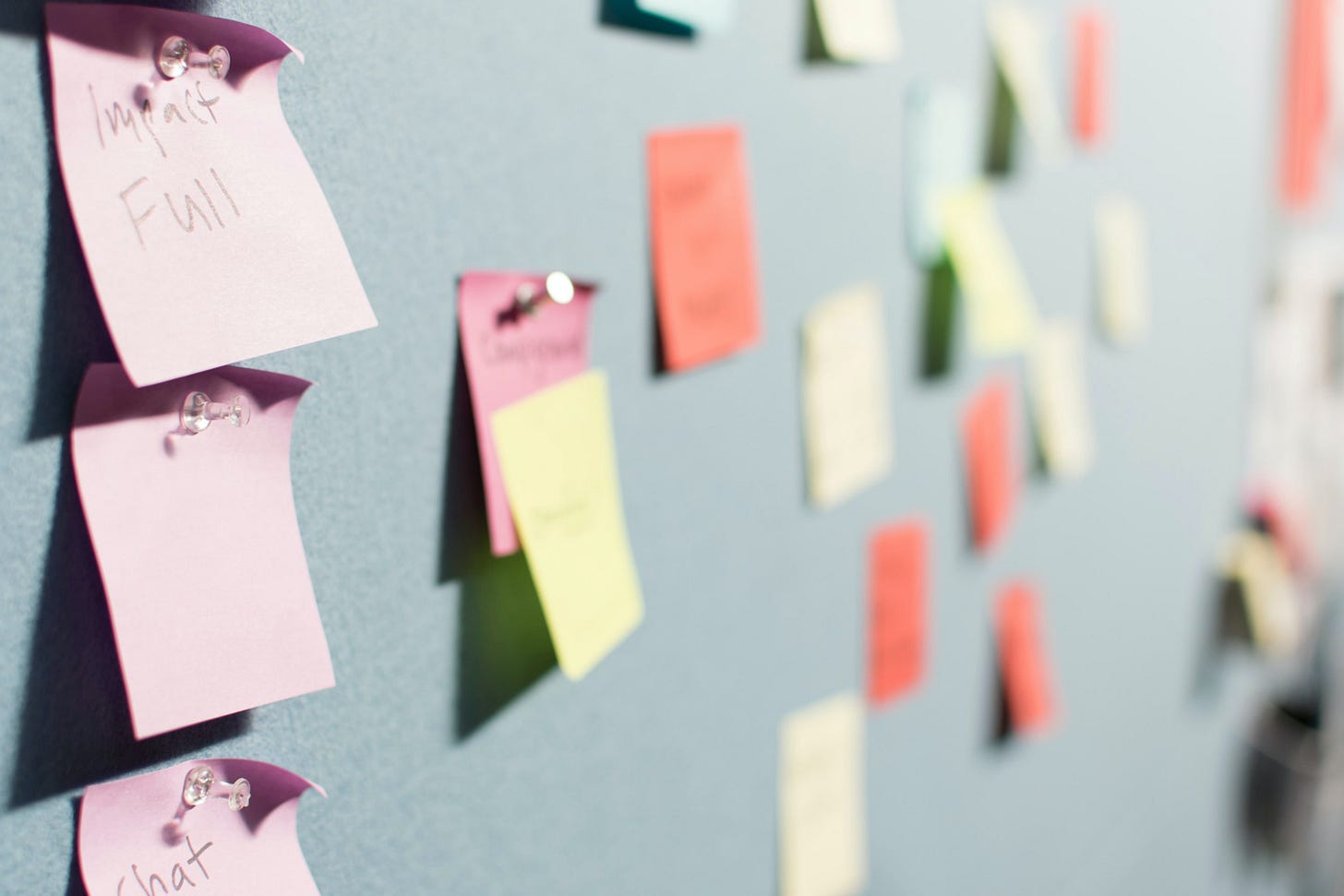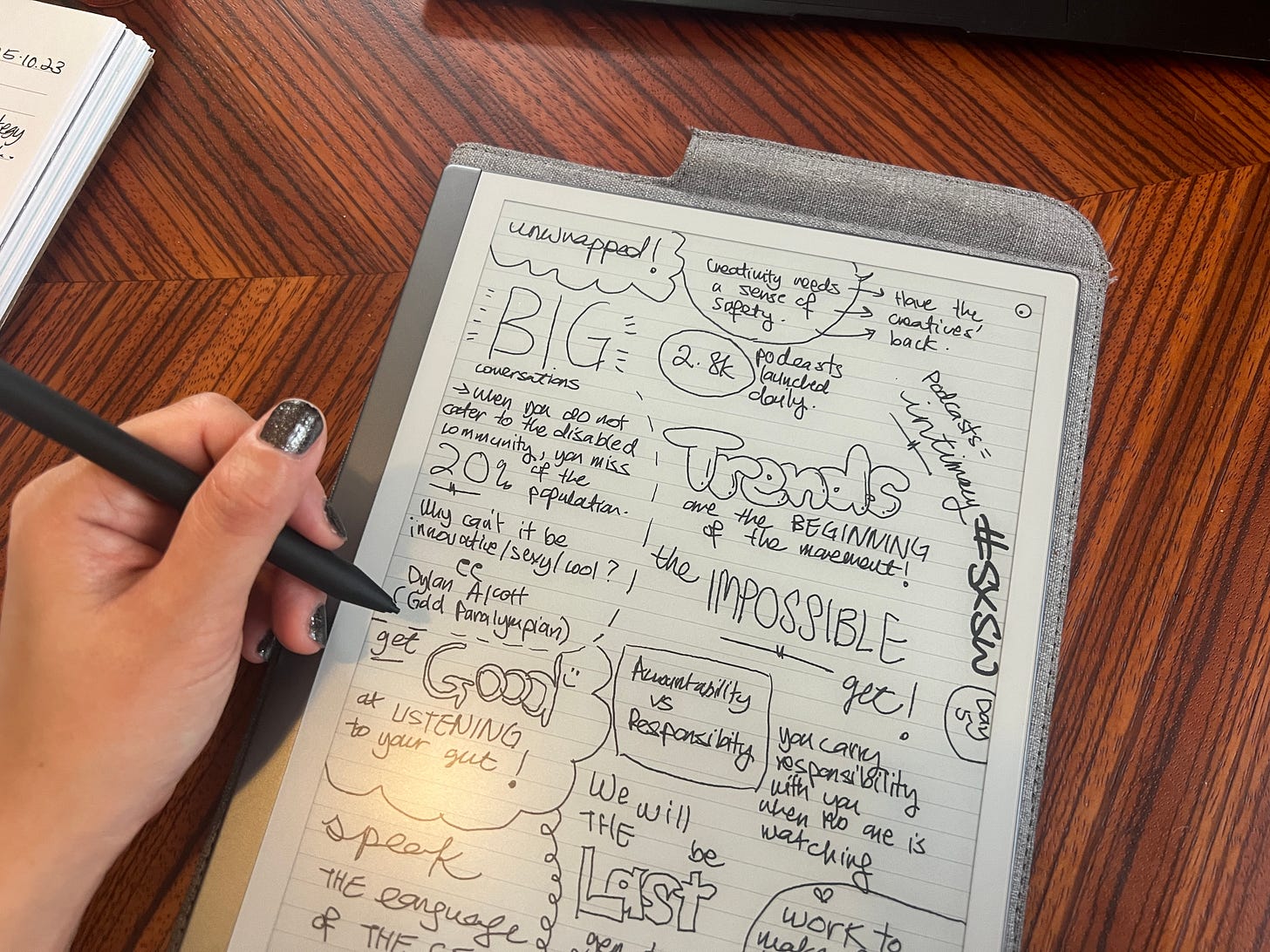The Lesson: How I Stay Productive And Feed My Creativity Using 'Second Brain' Tools
Unload your brain of administrative stuff, and organise it all online.
Creativity can be an elusive and fleeting beast; it cannot be forced to bloom at will. It needs time, brain space and more importantly, a pressure-free environment. And when my brain is cluttered with too many fragments of ideas, things to do and half-formed thoughts, it becomes that much harder to create the right headspace for it.
If you are like me, then your creative muscle often gets stifled in constant mental chaos. To preserve and nurture creativity - that is where the concept of the 'second brain' comes in. This means an external, centralised, digital repository for the things you learn, according to productivity expert Tiago Forte.
Why a second brain?
The main motivation for me to build a second brain was simply the fact that I was having trouble keeping everything in my head, neatly stored and filed away. It's definitely physically impossible to remember with total clarity every single scrap of information I've come into contact with on a daily basis - it would be challenging for anyone.
Who can say with certainty that they can remember the names of every single person that they have networked with, whether in person or online? Can you remember the lyrics of that song on the radio that you promised yourself you would Google later? What about the title of the book that you saw a review about online, and thought, "Could be a really interesting read"?
My 'brain capture' tools have proven invaluable in handling immense mental loads, helping to keep me from feeling too overwhelmed with information, actions and to-dos. They are definitely a crucial part of how I stay focused and productive everyday.
And naturally, a less burdened mind means that I have more mental space to solve creative problems for my clients and myself - which is exactly the type of rewarding work that is most fitting for my time and attention.
Get it out on paper, for creativity's sake
My most essential methods include: writing everything down (and I mean everything), voice notes, movement, and doodling. This can bring much-needed clarity if I'm feeling creatively stuck, and also help sharpen and refine an existing creative idea.
I approach each thought as if it's a mental 'sticky note', and will start by thinking about the best way to express and externalise it - write it down? Say it out loud? Type it out? Then, this piece of information gets filed away into my Second Brain, wherever it fits best.
Tiago's Second Brain methodology helped me to build an organisational system that worked for me, in a way that felt natural rather than forced (I bet you hate having to learn a complex new system as much as I do!). I highly recommend signing up for his newsletter.
Full disclosure: the act of writing things down has always come naturally to me - I used to be a journalist, and would be obsessed with writing down observations and recording all the interesting interviews and conversations I had. These habits naturally translated into me generating heaps and heaps of recordings, in text, audio, video and so on.
But the thing is, there was no rhyme or reason to them. I was getting lost trying to track down specific 'sticky notes' until I started intentionally building a second brain.
Building your second brain
Here is a quick look at some 'second brain' methods that could be useful for you:
If you aren't using Craft already, this is your cue. Its attractive text formatting is just one of its many perks! It is simply wonderful for keeping written content organised, and works especially well when you are trying to add to or edit the structure of an article.
Everyone on the Moore's Lore Media team uses Craft now, and the best part is, you can publish password-protected content for clients' eyes only. It's a great way to display text-based work - certainly more visually appealing and easier to read than a Word doc!
Whatsapp
We all use it to text people, but did you know you can text yourself on WhatsApp now? I use my own WhatsApp chat window to save, in one place, all sorts of online content. Articles to read, recipes to try, important screenshots, followup actions, and so on.
During the recent SXSW Sydney conference, I would type verbatim quotes directly into WhatsApp as I heard them live, so I had them in one handy place to refer to later. And, now and then, I text myself a little affirmation if I need a pick-me-up.
Granted, you could simply use a notetaking app, but the simplicity of the WhatsApp interface is what makes it appealing for me to use. Sometimes, too many functions can overwhelm, and detract from the experience of using an app!
ReMarkable tablet
Where I journal, sketch, and annotate PDFs, creating a digital space for organized thought. Again, the simplicity of the interface is its best feature. The ReMarkable is based off of the same screen technology that is used in Kindles, so it is quite low-tech compared to say, an iPad. But as a person who loves using pen and paper still, I get so much value out of it. It can convert written text into digital text, and you can send any document as a text PDF directly to your email address, or G Drive. Great for travel and conferences as it's so lightweight.
I use this truly excellent transcribing app regularly on a professional basis, to record interviews, conversations with clients, and conference sessions. I also use it to verbally express thoughts while on an 'idea walk', or doing chores, or running errands. It feels much more natural for me to express myself through the spoken word sometimes!
These transcribed thoughts then get copy pasted to a document, where I tidy it up, remix it, add structure, flesh it out, and finish it. This is especially helpful when I want to 'brain write' and vomit out disparate thoughts and ideas in relation to a big strategic project, before I start making connections and joining the dots in between each.
'Nourish My Connections' list
I hate the feeling of forgetting to reach out to certain friends that I promised to call, or not following up with an acquaintance. I created this list to make sure I was intentionally and regularly building my professional and personal networks, especially as I moved to a new city just a year ago.
By making this list, I can rest easy knowing I have intentionally recorded down the little thoughtful actions that help me to stay connected with fellow humans, start new conversations, and generally be a better friend and colleague. Every week, I set aside half an hour to dive into this list and nourish my connections.
This list lives in my Craft space for now, and includes entries such as:
Add XXX on LinkedIn and send them that Ezra Klein podcast
Call XXX on Saturday
Email XXX with responses to the questions she sent me on WhatsApp
Send XXX the title of that AC/DC album we talked about
I also have lists for nourishing my relationship with my husband, nourishing my brain with books, movies and self-help content, and more. What needs nourishing in your life? Make a list for it.
(Bonus) Journalling
I make it a point to journal everyday, even if just for a few minutes. It helps me to pull apart and unravel the tangled threads of thoughts that I wake up to everyday.
Admittedly, it can feel really jarring and strange to write about your day if you don't feel like writing about it, or aren't sure what to write about. So here's a tip: Simply describe your immediate environment on paper, whether you are sitting at your desk, in a cafe, or on a plane. What do you see? What can you hear? What do you smell? How do you feel? This simple exercise in mindfulness can be enough to clear your mind first thing in the morning, while you wait for your coffee to kick in so you can face the day!
In a world brimming with information and constant demands on our attention, your 'second brain' can help take the pressure off of your actual physical brain. It certainly empowers me to preserve ideas, manage knowledge, and support my overall mental health. I think that with the right tools, you can free up your mind for what truly matters: being creative, productive, and present.









